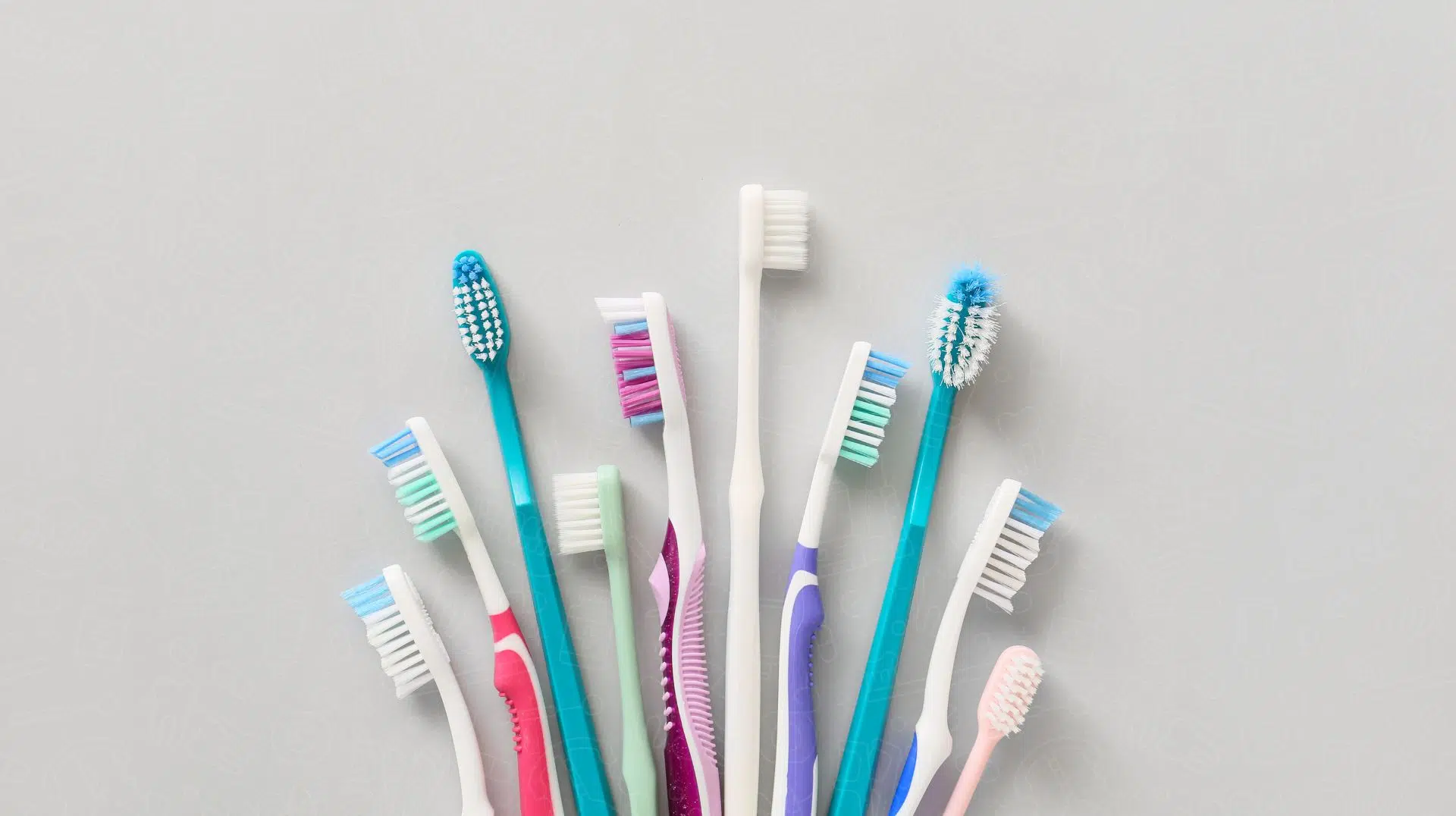Introduction
Dental crowns are the super heroes of dental care. They turn round to look as your smile again comes alive on their face too. Entering another world … Chipped, decaying cavities Ask your dentist about dental crowns and they will tell you that it is the only thing ready to save one’s dazzling whites. But how can these little crowns make such a big difference in your alternative oral health? Let’s take a look.
Understanding Dental Crowns: Your Smile’s Protective Shield
Definition and Purpose: Dental crowns are like the stout shields that protect your teeth as you do battle for life. A dental crown is a cap placed over your own tooth, which may be damaged or weakened and needs to be strengthened. The crowns fit tightly over the affected tooth, and serve as a very stable shock absorber. The objective is to restore it back to its original strength, function and appearance so that your smile will be beautiful as well as strong.
Materials Used: Dental crowns fall into many different categories, each with its own advantages. From these materials, we can see their versatility and suitability for various applications.
- Porcelain Crowns:
- Porcelain crowns are chosen for being natural in appearance and texture.
- Suitable for the cutting teeth in front, and where appearances are important.
- Metal Crowns:
- Aloy crowns like those of gold or silver are all very durable and strong.
- This is most often used for molars, which need the greatest strength to chew.
- Ceramic Crowns:
- Ceramic crowns are beautiful and strong, able to be used on a variety of teeth.
- Their attractive appearance makes them one of the most chosen for showing teeth.
Understanding this, dental practitioners can choose crowns depending on the patient in question. Whether it is the elegant simplicity of porcelain, such sturdy strength as that of metal or a combination between ceramic and porcelain which blends all their best characteristics together, dental crowns can be tailored to preserve your own smile.
When Dental Crowns Are Needed: Strengthening Smiles at Every Turn
A. Tooth Decay: It turns out that dental crowns make very good allies in the war against tooth decay. Cavities sometimes destroy the structure of a tooth, and then there is only one way to solve problems. Fabulous looking heroes? Crowns are used to cover and repair decayed teeth. The fitting process is precise. This not only restores the tooth to its original condition, it also prevents further rotting. Continue to smile! These dental crowns will be your rescuers, preserving the health of your mouth and keeping out those evil cavities.
B. Cracked or Broken Teeth: Dental crowns are used to fill cracks and other fractures in teeth. Crowns are a kind of protective outer covering that can restore the appearance and function of an injured tooth. They use a technique of inlaying an individual crown specially designed for them. This is an effective cure, something to chew on and smile about. Crowns are veritable magic in dentistry, because they fix a broken smile and make it sparkle.
C. Cosmetic Enhancements: In addition to being practical, dental crowns can be artistic miracles that transform smiles into masterpieces. Crowns Cosmetic dentistry procedures can alter the aesthetics of a smile. Crowns can be applied to a wide variety of problems, including discolored and misshapen teeth. They are made to fit the natural color and shape of your teeth, naturally complementing their appearance. Wave good-bye to insecurity, and hello glowing confidence–the gift of dental crowns.
The Process of Getting Dental Crowns: The Road to a Brighter Smile
A. Dental Examination: In order to achieve your perfect smile, the first step is a thorough dental check-up. That is just a preliminary evaluation of whether or not there will be no need for dental crown. He examines the general condition of oral cavity, notes which teeth have been damaged or weakened and how much restoration has to be done. After this period of diagnostic work, the second step is to place dental crowns in those parts where you can still save and maintain your beautiful smile.
B. Tooth Preparation: Tooth preparation is critical, especially after the decision to get a dental crown has already been made. Engineering the crown The first step is to feel for it. The dentist then cuts away the decay and damage until the tooth is shaped so it can receive a crown. Lastly, impressions are taken to ensure that the custom-made crown fits. This phase is both accurate and technical, but it must be done simply to keep the crown working at top efficiency. How natural the crown fits into your smile is also intimately connected to preparation of the tooth.
C. Crown Placement: Now that little bit of crown-whispering skill is in place, the crowning time comes. After this crown is prepared, it fits tightly on the finished tooth. The dentist also pays strict attention to detail, placing the crown where it is of best use and aesthetics. Special glues are used to attach the crown directly on top of the natural tooth. This creates an extremely durable result which looks completely natural and matches your own teeth. One cannot help but marvel at the dexterity and experience of dental experts in placement procedures, making crown restoration ever closer to people’s ideal for healthy teeth with habitual coloring.
Caring for Dental Crowns: Nurturing Your Radiant Smile
A. Oral Hygiene: But maintaining the long life and lustre of dental crowns always begins with oral hygiene. What you can emphasize are good oral habits, wanting people to brush their teeth and floss regularly. Even tenacious dental crowns have to grow in a clean environment. Brushing should be done gently, though-particularly around the crown of each tooth and at the gumline. Flossing also keeps plaque from forming in the spaces between teeth and around their crown. If you can live in these habits, then this crown on your head will have an eternal luster and be able to stand firm for many years.
B. Regular Check-ups: Crowns make a new smile, but daily dental maintenance is another page in the story. You should also see your dentist regularly to ensure the health and longevity of the crowns. Re replacement At this time your dentist will have a look and find out if there is wear of crowns, or other problems that can be eradicated at the first sign. Thus these appointments are not strictly check-ups but serve a preventive purpose; for if it is possible to adjust or replace them in time. This regular check-up not only keeps the integrity of your crowns, it will preserve the health and beauty of a smile for many years to come.
Conclusion
In short, dental crowns are a means of saving life itself. Dental crowns are very useful if you need to repair a broken tooth or improve your appearance. Learning how crowns fit into the whole picture helps you start a new journey in search of perfect oral health. Forget it. Dental crowns can restore the shine of a life disfigured by dental blemishes, and bring back that smile.





